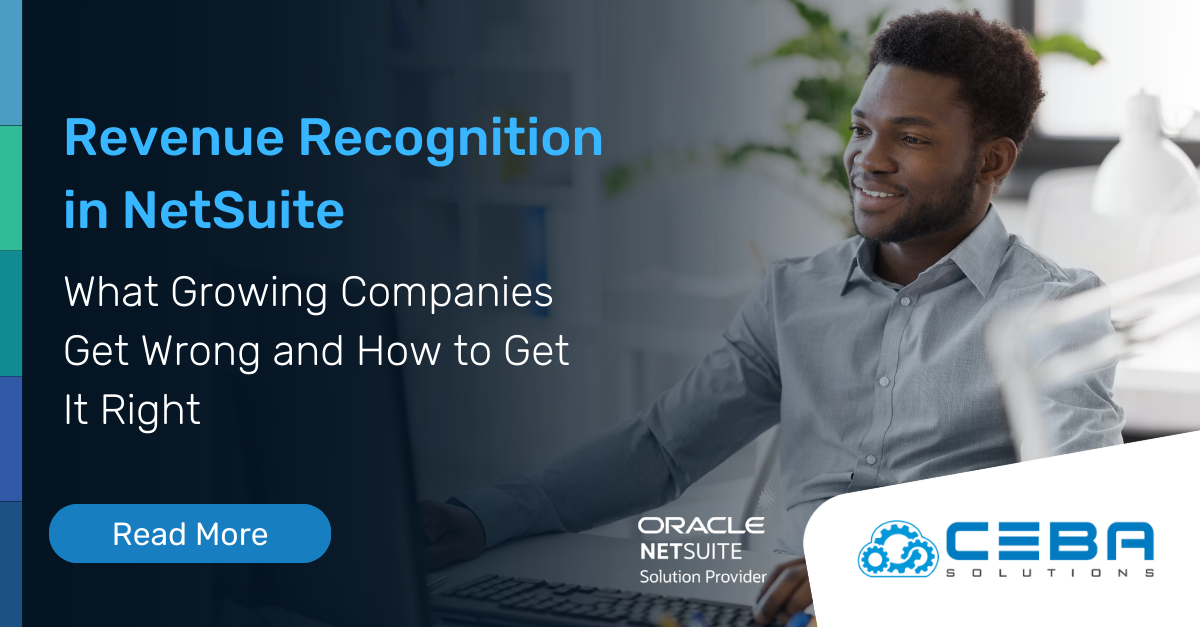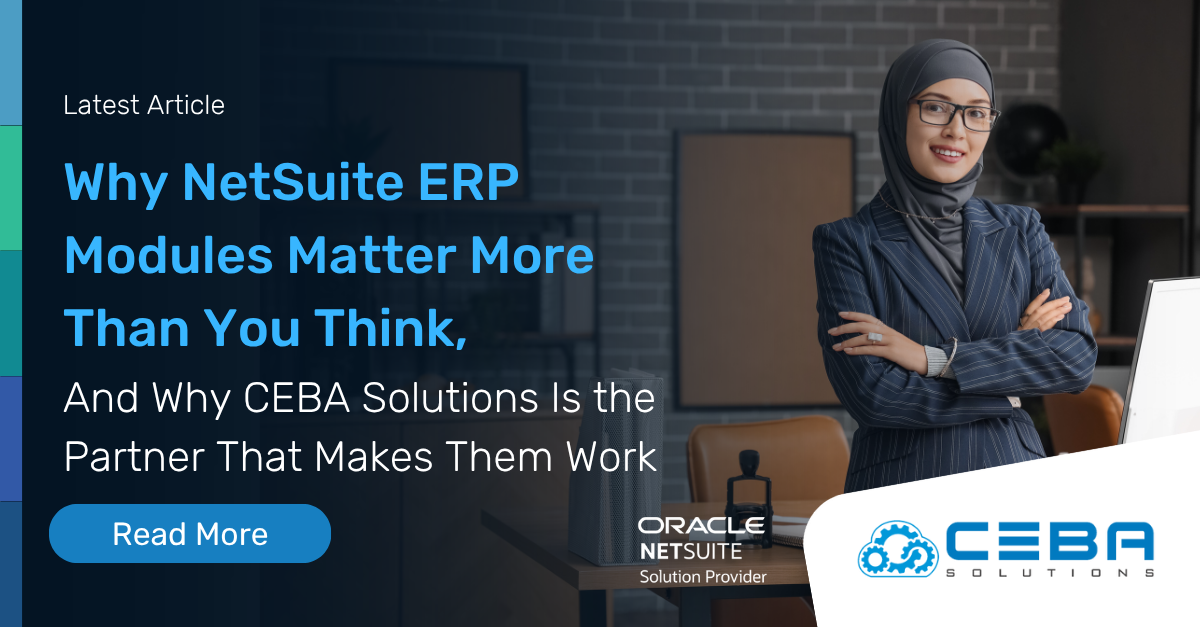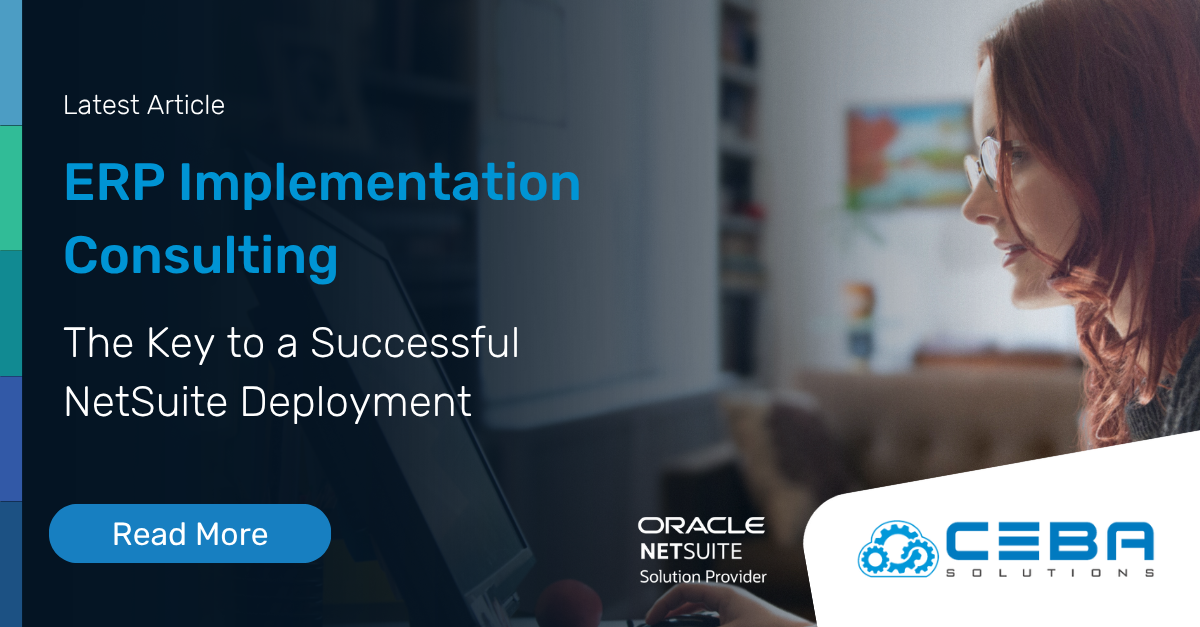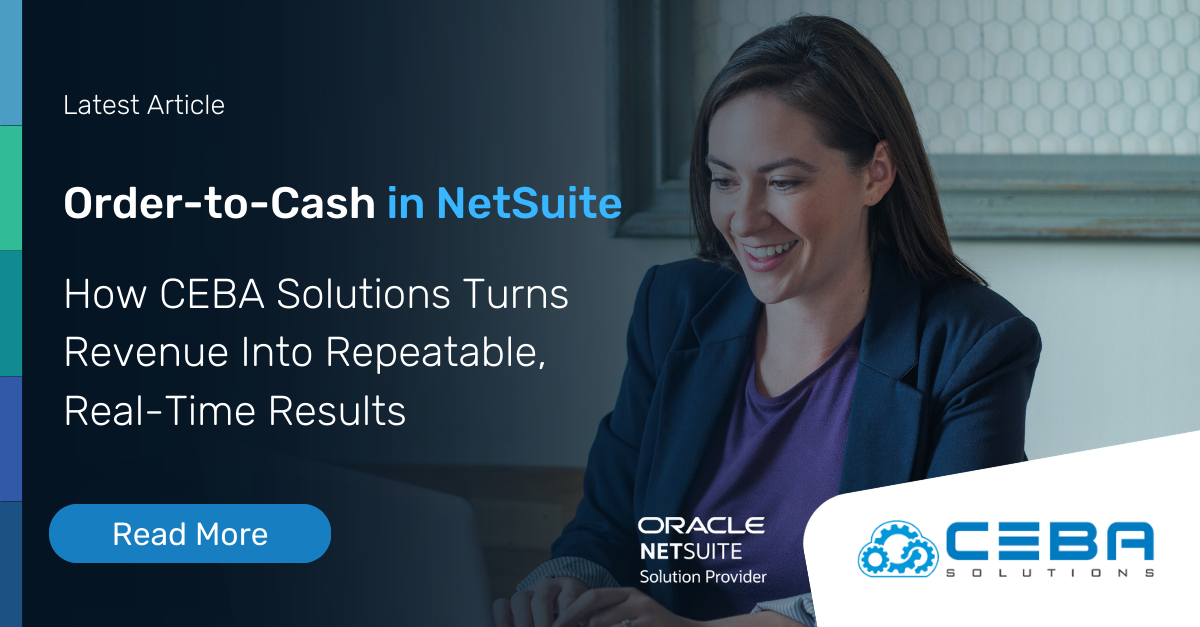
How to Guide: Transitioning a Small Business from Accounting Software to ERP
How to Guide: Transitioning a Small Business from Accounting Software to ERP
For many small businesses, transitioning from an accounting solution like Quickbooks, Freshbooks or Xero can at first seem like a big step. However, by taking the right approach upgrading to an Enterprise Resource Planning (ERP) system, it can be a smooth transition that yields significant benefits. This guide provides step-by-step advice on transitioning from accounting software to ERP, like NetSuite.
Understand the Benefits of ERP for Small Businesses

Before making the leap, it’s important to understand the benefits of an ERP system for small businesses. An ERP solution can provide more powerful reporting capabilities, greater scalability and automated processes such as invoicing and payroll than accounting software. It can be particularly useful for smaller companies that are looking to automate their purchasing and inventory tracking. It can also be used to manage customer relationships and provide better insights into overall business performance.
Step 1: Assess Your Requirements
The first step in the process of transitioning to an ERP is to assess your business’s requirements. What processes will need to be integrated and automated? Which areas of the business are you hoping to get greater visibility into? Are there efficiency gains that can be made through streamlining operations? What systems do you want to replace? What functionality do these systems provide? Answering these questions is key to understanding which ERP system is most suitable for the business.
Step 2: Map Out Your Business Processes
Depending on what type of business you are running, you may need to map out your current business processes. This will help you identify any inefficiencies or areas where automation can be used to improve the process. Mapping out your processes will also allow you to determine which ERP functions are most suited to each of your different business units and operations, ensuring that you get the most from the system.
Key areas that should be mapped out include:
Lead to Cash
What is your customer's journey from initial contact with your business through to them purchasing a product? Understanding this will help you to identify which systems are used at various points during the buying cycle, and better understand how your new ERP system should support your team in managing this process.
Procure to Pay
Understanding how and often why you purchase various products, materials and consumables helps you to better plan for how an ERP system can automate this process.
What processes do you use for purchasing and paying invoices? Are there any areas where the process could be streamlined or automated with an ERP solution?
Order to Cash
If you have a product-based business, understanding your order to delivery process is essential. An ERP system can help manage the various steps in this process such as inventory management, tracking customer orders and generating invoices.
Hire to Retire
When it comes to managing employees, there are a number of processes, records and systems that are used to manage this relationship. From hiring and onboarding, setting up payroll, managing time sheets and payments through to managing education and training, skill development and more, your ERP system can help manage these processes to ensure your employee administration is seamless and accurate.

Download the Ultimate Guide to Oracle NetSuite
Learn why NetSuite is the #1 Cloud ERP for Small and Mid Size Businesses Focused on Unlocking Growth. Download the Guide
Step 3: Evaluate ERP Solutions
Once you have determined your requirements, you can start looking at different ERP solutions. You must evaluate all systems carefully and look for features like scalability, customization options and ease of use. It’s also worth considering whether the solution integrates with existing software or add-ons that you may already be using. It’s vital to consider the total cost of ownership and the long-term benefits an ERP solution can bring.
A good ERP implementation partner will be able to guide you through a process of requirements discovery and demonstrate how their ERP solution will work for you in the day-to-day context of your business. Whilst a high-level demonstration can give you an understanding of the general features and benefits of the solution, having the partner demonstrate specific functionality that aligns with the unique needs of your business is crucial.
If possible, share some of your data such as customer records, inventory records, project records and work orders with the partner so they are able to provide you with a demonstration that uses your data to show you exactly how the system is able to perform for you.
Step 4: Plan and Prepare for Implementation
Once you have chosen an ERP system, it’s essential to plan for its successful implementation. This involves working with your partner to set up a project plan, identifying stakeholders and subject matter experts to lead your implementation internally, and preparing your staff for the change. It’s important to get everyone on board with the implementation process so that they are able to effectively use the new system when it is rolled out.
Step 5: Prepare Your Data for Migration
You will also need to determine how data from your existing business systems can be migrated into the new ERP solution. This may involve cleaning and formatting data to ensure that it can be imported correctly into the system. It’s also important to consider how any customized business rules or processes should be managed within the new system.
A good implementation partner will be able to provide you with templates to make sorting, cleansing and uploading your data to the new system as simple as possible. When it comes to data migration, sometimes it is best to leave the past in the past, as data migration can be time-consuming and expensive. Consider keeping some data either in the legacy system for reference, or extracting the data into an easily accessible database in case you want to access it in the future.
Step 6: Test, Train and Go Live
Before going live with your new ERP solution, you must ensure that all staff have been trained in its use. A good ERP partner will be able to provide you with training materials, user manuals and other resources to ensure your team is up-to-date on how to use the system.
Testing is also a critical step in ensuring your ERP go-live will go as smoothly as possible. Create an internal testing team to run through the key processes that your team completes daily, weekly, monthly and quarterly.
Examples include creating purchase orders, creating invoices, adding new inventory items, setting up employee records, creating project records, generating work orders, managing WIP and Routing processes for manufacturing as well as key accounting transactions such as journals, recurring invoices and reconciliation records.
Once you are satisfied that the ERP solution is working as expected, you can start to roll out your new system across your organization. Many businesses choose to run both the new ERP solution and their old accounting system in tandem for a period of time to ensure that everything is performing as expected. Whilst this isn't always necessary it can provide peace of mind as your transition to a new way of doing things.
In Summary
Transitioning from your existing accounting system to an ERP solution is not a task that should be taken lightly. By following these steps you can make sure that your transition to a new ERP system is as painless as possible. Work with a trusted partner, like CEBA Solutions to ensure you get the most out of your new system and that your staff are prepared for the changes ahead. With careful preparation and testing, you can make sure that your implementation is successful and your business is able to benefit from improved efficiency, accuracy and scalability.
If you would like to discuss how CEBA Solutions have successfully helped hundreds of small businesses upgrade to NetSuite, reach out to our team of small business ERP experts.













